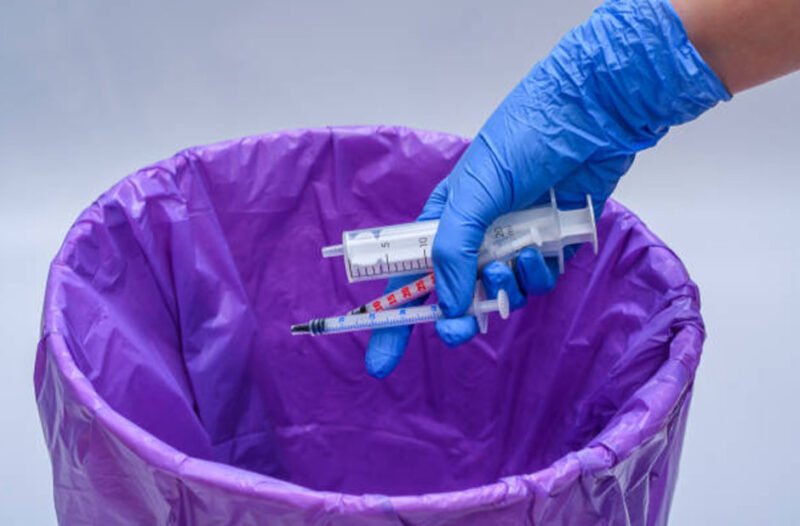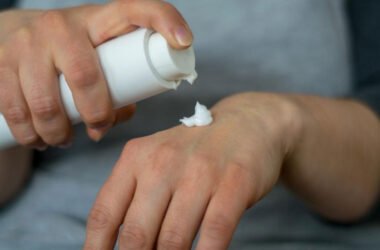Clinical waste control is more than a routine; it’s an obligation that protects healthcare workers, patients, and the community. From sharps to infected substances, careless disposal can cause lasting harm. By following clean, realistic measures, centres can lessen dangers and preserve more secure environments. Here are seven vital protection tips.
1. Proper Waste Segregation
Separating scientific waste successfully is an effective way to save you from useless risk. Using genuinely marked luggage and boxes allows preserving infectious gadgets far from normal rubbish. Colour-coded structures minimise confusion, making it tougher for dangerous waste to slide by unnoticed. In a few centres, offerings like Cheap Skip Hire aid secure elimination with the aid of preserving unique waste classes distinctly. When substances are segregated at the source, disposal groups can systemise them extra efficiently. This easy but important step reduces dangers, saves resources, and builds a stable basis for secure scientific waste control.
2. Use Secure Containers
When handling scientific waste, flimsy luggage and fragile boxes create critical hazards. Secure, puncture-resistant boxes preserve risky gadgets contained and far from unintended contact. Sharps, in particular, want inflexible boxes that cannot be pierced. Without dependable boxes, waste can spill, leak, or injure the ones managing it. Labelling additionally performs a role, supporting a body of workers to realise dangers at a glance. Secure boxes aren’t simply beneficial equipment; they’re boundaries that save you from dangerous accidents, defend healthcare workers, and protect the broader community.
3. Train Healthcare Staff
Even the most superior waste structures fail if the body of workers lacks the right knowledge. Training healthcare people is vital for secure scientific waste control. Nurses, doctors, cleaners, and porters ought to all recognize a way to segregate waste, a way to eliminate it, and a way to reply whilst errors happen. Training needs to cover realistic demonstrations, now no longer simply theory, so the body of workers benefits from hands-on experience. Regular refresher periods preserve vital instructions from fading. Ultimately, schooling is ready to defend lives, ensuring no person faces useless dangers resulting from preventable errors.
4. Handle Sharps Safely
Sharps call for cautious management, as even the smallest needle can cause critical harm. Correct disposal manner: putting them at once into distinctive sharps boxes straight away after use. Recapping needles or leaving them mendaciously round creates a useless risk for the body of workers and waste handlers. Overfilling boxes is the other primary risk, because it will increase possibility of unintended injury. Handling sharps with warning displays recognises for the equipment and the human beings at risk. Safety in this vicinity isn’t optional; it’s a strict necessity for each healthcare setting.
5. Safe Storage
Collected waste doesn’t disappear; it waits in the garage earlier than the series or treatment. If garage areas aren’t controlled properly, they speedily turn out to be breeding grounds for danger. Waste ought to usually be saved in stable, well-ventilated regions far, far from sufferers and the public. Containers have to be saved upright and sealed and in no way allowed to overflow. Proper temperature manipulation is crucial for certain kinds that can go to pot in flawed conditions. When garage practices are continuously monitored and maintained, the whole waste control device works more effectively, helping to secure a healthcare environment.
6. Follow Legal Compliance
Waste control legal guidelines exist to defend human beings and the environment. Healthcare centres have to comply with rules on masking, storage, transportation, and disposal. Failure to conform now no longer simply endangers consequences but additionally threatens human health. Regularly updating the workforce on adjustments in regulation allows keeping compliance. Documentation and record-preserving additionally offer proof that secure practices are in place. By embedding those policies into each day’s routines, centres defend the workforce, sufferers, and groups from damage while avoiding the outcomes of careless or illegal waste control practices.
7. Regular Waste Audits
Even the great structures need normal assessments to function effectively. Waste audits assist in spotting susceptible points, finding mistakes, and spotlighting possibilities for improvement. They screen whether or not segregation policies are being followed, whether packing containers are used properly, and the garage is maintained correctly. Audits additionally inspire workforce accountability, reminding everybody that protection is a shared responsibility. Instead of being visible as criticism, audits ought to be handled as studying possibilities that toughen practices. By engaging in audits regularly, healthcare centres create more secure habits, enhance efficiency, and defend lives. In medical waste control, audits are the silent guardians that ensure protection is on track.
Conclusion
Clinical waste control is some distance greater than a checklist; it’s an ongoing dedication to protection. Proper segregation, stable packing containers, training, sharps handling, secure garage, compliance, and audits all construct a sturdy defensive shield. When those measures are painted together, they lessen damage, protect healthcare workers, and defend groups. Safety actually starts off evolved here.









